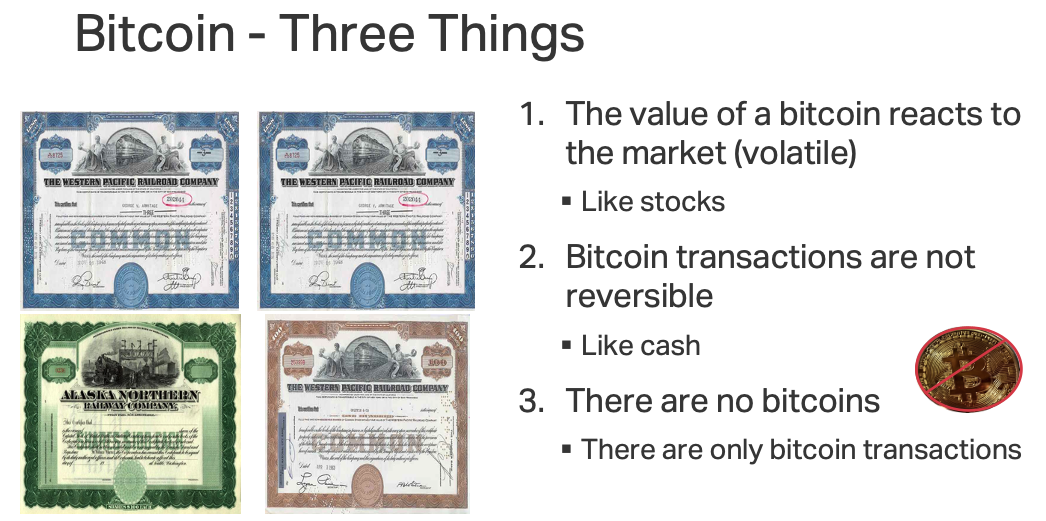Bitcoins are represented as a series of transactions, there is no physical coin or paper token. They react to market whims and the transactions are not reversible, just like cash. If I give you a dollar, the only way for me to retrieve it is via another transaction.
NFTs are another type of token called ERC-721 (another standard). The standard describes methods (programmer speak for things it does with code) that tell you how it works and how it can be uniquely identified. Each NFT has a tokenId which is a uint256 (unsigned integer (greater than zero) with a value of 2256-1 or
0 to 115,792,089,237,316,195,423,570,985,008,687,907,853,269,984,665,640,564,039,457,584,007,913,129,639,935


